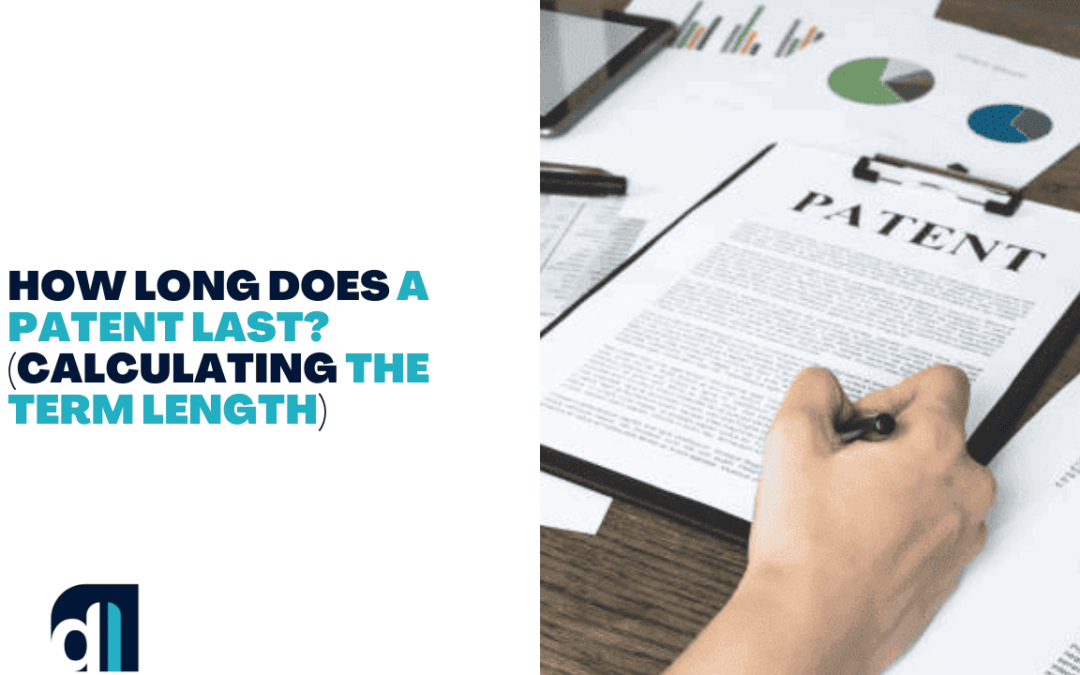Patents provide inventors with exclusive rights to their inventions for a set period, preventing others from making, using, or selling the invention without permission.
This protection encourages innovation by allowing inventors to benefit financially from their creations.
However, the length of patent protection is not the same for all patents and depends on the type of patent, regulatory considerations, and maintenance requirements. Additionally, certain factors, such as patent term extensions and adjustments, can alter a patent’s duration.
Understanding these timelines is crucial for maintaining patent rights, enforcing intellectual property, and planning for future innovation or commercialization strategies.

Types of Patents and Their Standard Durations
The government awards a patent to inventors, allowing them exclusive rights to their creation for a fixed period. There are three primary types of patents:
- Utility Patents
Utility patents cover new and useful processes, machines, articles of manufacture, or compositions of matter. These patents last 20 years from the date of filing.
However, to keep a utility patent active, maintenance fees must be paid at 3.5, 7.5, and 11.5 years after issuance. Failure to pay these fees results in early expiration.
- Design Patents
Design patents protect the ornamental appearance of an object rather than its function. They last 15 years from the date they are granted, provided the application was filed on or after May 13, 2015.
Unlike utility patents, design patents do not require maintenance fees.
- Plant Patents
Plant patents are granted for new and distinct plant varieties that are asexually reproduced. These patents last 20 years from the filing date. No maintenance fees are required for plant patents.
Factors That Can Impact Patent Term Length
Patent term adjustments extend the length of a patent when there are delays in the examination process caused by the United States Patent and Trademark Office (USPTO).
These delays may include:
- Failure to meet examination deadlines
- Delayed responses to applicant filings
- Extended processing times due to internal USPTO backlogs
Adjustments are automatically calculated and added to the patent term, ensuring that inventors do not lose valuable time due to administrative delays.
Patent Term Extensions (PTE)
Patent term extensions apply mainly to patents covering pharmaceuticals, medical devices, and other regulated products that require pre-market approval by agencies like the Food and Drug Administration (FDA).
These extensions are granted under the Hatch-Waxman Act and can add up to five additional years to a patent’s term. The maximum effective patent life for an extended patent cannot exceed 14 years from the date of FDA approval.
Early Expiration Due to Non-Payment
Utility patents require maintenance fees at three specific intervals. If these fees are not paid on time, the patent expires before its full 20-year term.
While there is a six-month grace period to submit late payments, failure to do so results in patent rights being lost.

Our attorney partners will help you protect your innovation while setting it up for success.
How to Calculate Your Patent Term
To determine how long a patent will last, the following steps should be taken:
1. Identify the Filing or Grant Date:
-
- Utility and plant patents: Start counting from the filing date.
- Design patents: Start counting from the grant date.
2. Consider Any Patent Term Adjustments (PTA) or Extensions (PTE):
-
- If delays were caused by the USPTO, a PTA may extend the patent term.
- If the patent covers a regulated product requiring approval, a PTE may extend protection.
3. Check Maintenance Fee Deadlines:
-
- Ensure all required maintenance fees are paid to prevent early expiration.
By following these steps, inventors and businesses can effectively plan for the duration of their patent protection.
Renewal and Expiration Considerations
Once a patent reaches its full term, it expires and enters the public domain, meaning anyone can use the invention without permission.
In some cases, patent holders can restore expired patents if they missed maintenance fees due to unintentional errors, but this requires petitioning the USPTO and paying additional fees.
You should work with a patent attorney at specific times
Intellectual property law knowledge runs deep when you submit your patent application. Our patent attorney can:
- Determine if your invention qualifies for patent protection.
- Create a powerful patent submission that prevents typical errors.
- Make sure your patent rights stay protected and fight back when someone infringes on them.
Our attorney partner helps you protect your innovation while setting it up for success.
If you have questions about handling patents, their timelines then reach out to Drishti Law at 773-234-1139 for a free consultation. Our experienced attorneys are here to guide you through the patent registration process, helping to ensure that your brand receives the protection it deserves under state and federal laws.

Sahil Malhotra
Sahil Malhotra is an Intellectual Property Attorney, who founded Drishti (“vision”) law because of his vision in protecting dreams and ideas.
He provided individuals and small businesses with an opportunity to enhance their IP’s value by helping them register trademarks and successfully argue against office actions. In addition to his training and experience, he has been deeply involved in the multifaceted IP portfolio at UIC and continues to be associated with IP organizations and conferences.
To know more about Sahil Malhotra — Click Here
You may follow Sahil Malhotra on Facebook: Sahil Malhotra and on Instagram: @Sahil Malhotra

